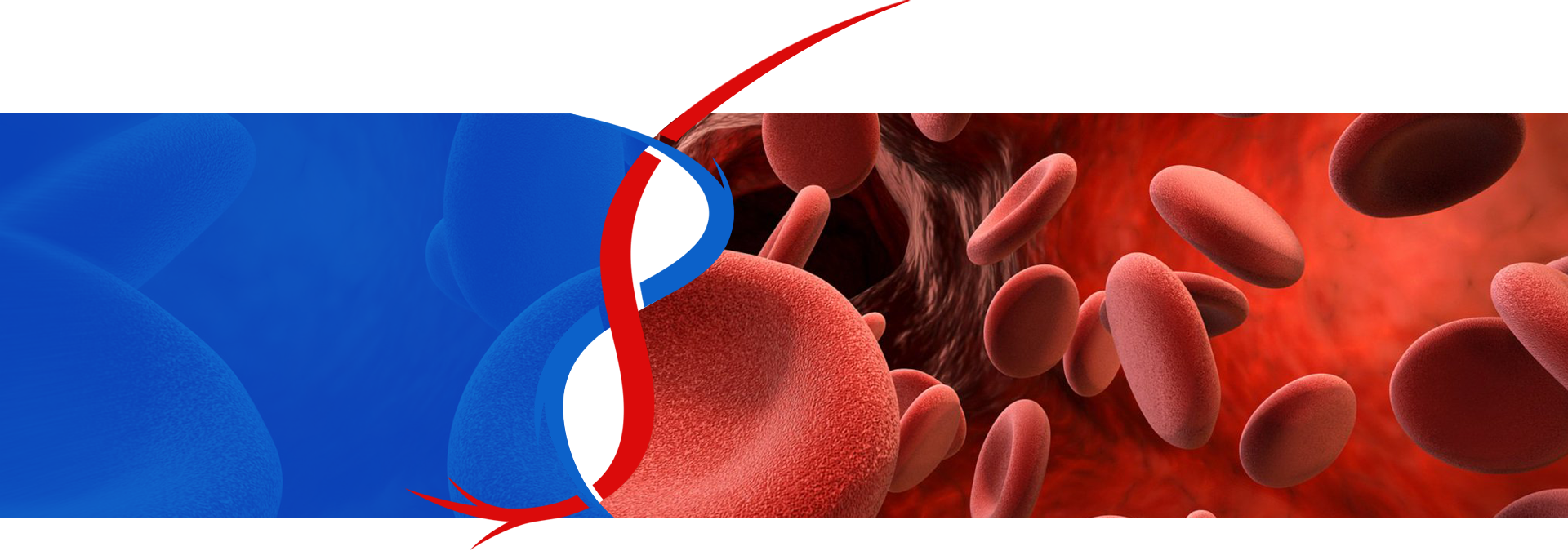EXERCISE AND LYMPHEDEMA
Exercise is an important part of lymphedema self care. Benefits of exercise include Improving blood circulation. Increasing the removal of lymph fluid and proteins from swollen tissues during and after exercise. Improving joint mobility. Increasing muscle strength. Helps to maintain healthy body weight. Improving overall physical and mental wellness. During exercise, the contracting leg […]
READ MORECompression Stockings for Leg Swelling
Wearing compression stockings will likely be the most important part of managing your leg swelling, regardless of the cause. Compression stockings can help improve vein function, improve conditions of the skin (e.g., venous stasis dermatitis and lipodermatosclerosis, reduce symptoms of heaviness, itching, and pain, and also help to prevent and treat venous leg ulcers. […]
READ MOREChronic Venous Insufficiency of the Lower Extremities
Chronic Venous Insufficiency of the Lower Extremities Chronic venous insufficiency is a common medical problem that is often overlooked because of incomplete recognition of physical signs and symptoms reported by individuals and an under-appreciation of the significance of the problem by physicians. Individuals with chronic venous insufficiency can have little or no symptoms. However, more […]
READ MOREDeep Venous Thrombosis
A deep venous thrombosis (DVT) is a blood clot that occurs in a deep vein. A DVT can form anywhere in the body, but it more frequently occurs in the calves or thighs. Symptoms of a DVT The symptoms associated with deep venous thrombosis vary widely. An individual with a blood clot may not have […]
READ MOREPHLEBOLYMPHEDEMA
PHLEBOLYMPHEDEMA Phlebolymphedema is a very common form of lymphedema. It is a condition created by a combination of chronic venous insufficiency and impaired function of the lymphatic system, that results in inflammation and lymphedema in the legs and feet. Chronic venous insufficiency is a condition where the one-way valves in the veins in the legs […]
READ MORE
 507-322-6967
507-322-6967